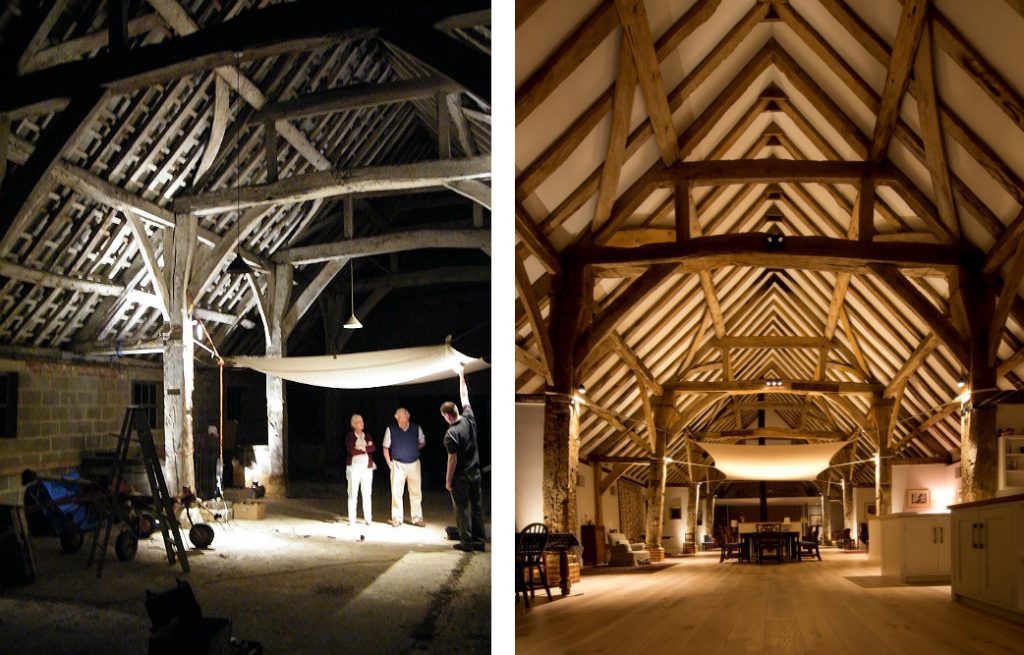Ten things lighting designers wished you knew
Thanks to Lara at Houzz for the idea for our latest Houzz Ideabook. Ten Things Lighting Designers Wished You Knew looks at the practical concerns that impact on a lighting project.

A lot of our ideabooks look at creative and technical considerations. We thought we’d step back on this one and look at the things that can trip you up or make things go so much more smoothly. Timing is an obvious practical issue. It’s very easy to leave planning your lighting too late and it’s not ideal to start designing a scheme when electricians are onsite pulling in cables. Timing though, is only one factor. I’d put it into a broader category of communication. Communicating clearly and early in the build or renovation process is vital to making a lighting project work. There are practical considerations around cabling runs, driver locations and integrating lighting with other elements of the build. We don’t expect our clients to be aware of all the details involved but that early communication helps to bring practical issues to the surface. Sharing ideas, testing concepts and making sure everyone is aware of what you are trying to achieve is vital.

Communicating change is another important factor. Even the most meticulously planned projects can encounter surprises. If something changes in the build then it’s important to let your design and building team (including your lighting designer) know. Whether it’s the location of a wardrobe.a window moving or a change of materials, change can have significant implications for the lighting design. Clear, early communication means any design changes can be factored in and issues avoided.
Finally, communication isn’t just about getting the practicalities right. It’s also about inspiration. A residential lighting design scheme can be incredibly personalised. The more you’re able to describe or show us how the space is going to work and the look and feel you are trying to achieve the better. The best schemes come from all parties involved in the design have a very clear idea of what the end result is going to look like. There’s a wealth of inspirational material both in print and online so find examples of things you like or things you don’t like and share them. Whether it’s a book of cuttings, a mood board or an online ideabook on Houzz, it’s great for us to see the style that you look. It helps us make good lighting for your house even better.

Melanie has been writing about all aspects of residential lighting for Houzz since the site launched in the UK in 2014. The website is an incredible visual resource for design ideas so if you’re interested in design, building or renovation it’s a great place to start.
